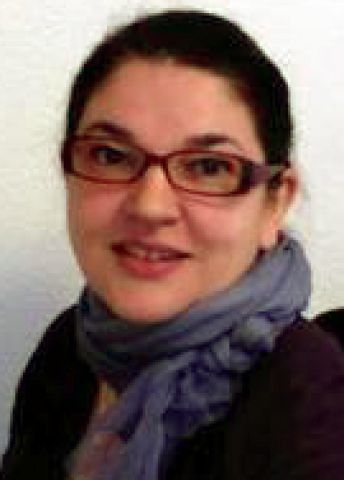
Program for mathematics 2024
Grant to recruit an international researcher
for a postdoctoral position
Dr Danijela Damjanović
Department of Mathematics, KTH Royal Institute of Technology
Grant to recruit an international researcher
for a postdoctoral position
Dr Danijela Damjanović
Department of Mathematics, KTH Royal Institute of Technology
Symmetries for the study of chaos
Dr Danijela Damjanović will receive funding from Knut and Alice Wallenberg Foundation to recruit an international researcher for a postdoctoral position at the Department of Mathematics, KTH Royal Institute of Technology.
The theory of dynamic systems has deep roots in physics and biology. Whenever there is a process that evolves over time (such as disease spread, weather, planetary motion), it is potentially possible to create a mathematical model of the process. The main aspect of the proposed project is to perform qualitative study of dynamical systems by shifting the focus to the system’s symmetries, which are the transformations preserving the essential properties of the system. Symmetries are fundamental for our understanding of nature and appear throughout science (for example in the form of conservation laws in physics).
In the proposed project symmetries will be used for the purpose of qualitative study and classification of chaotic dynamical systems. Chaotic behaviour was first observed just over a century ago, by Henri Poincaré, in his famous treatment of the three-body problem and later by Edward Lorenz while modelling weather. It was developed systematically by Anosov who also found that very chaotic systems are stable: their intricate topological structure remains when the system is changed a bit. Moreover, it turns out that the existence of many symmetries for a very chaotic system does not allow the system to be changed a bit while maintaining symmetries, unless it is dynamically the same after the change. For very chaotic systems, existence of many diverse symmetries even allows the system to be modelled by a much simpler algebraic system.
The project plans a comprehensive study of chaotic dynamical systems with many symmetries. The key objective is to link the algebraic information coming from the group of symmetries, to the dynamical properties of the system. The aim is to show that even mildly chaotic systems (which are typically not even stable), in the presence of many symmetries may even be rigid: there are invariant homogeneous structures that turn the dynamics into an algebraic model. The proposed project explores rigidity for systems with diverse level of chaotic behaviour, as well as with diverse algebraic flavour of symmetry groups (abelian, simple, solvable).